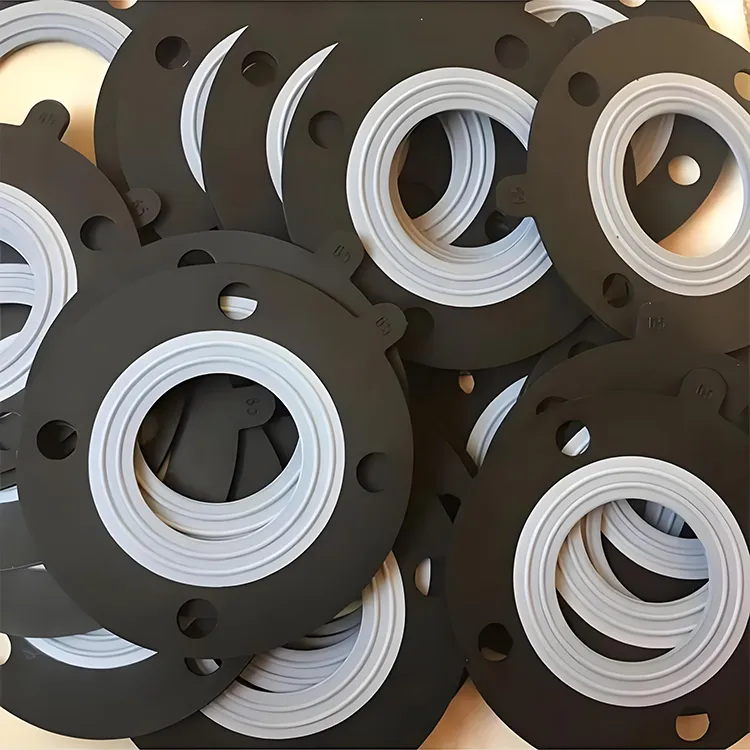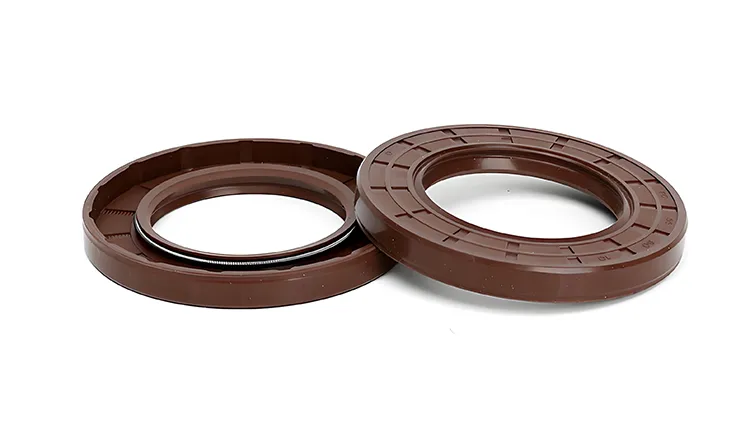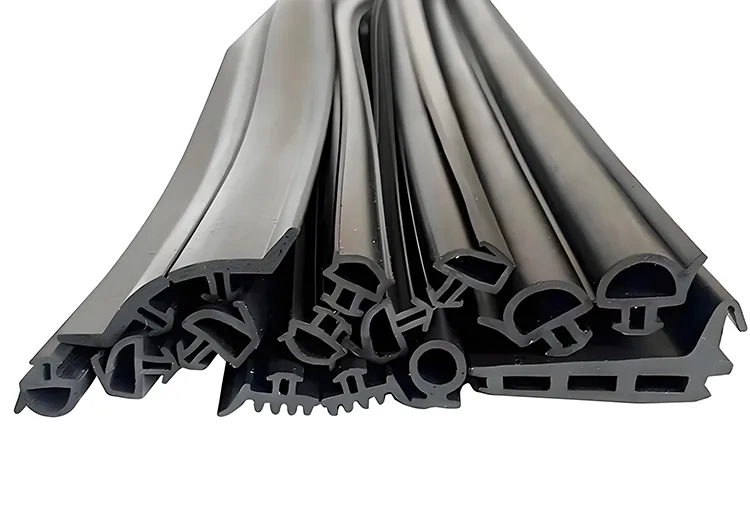1. What Is EPDM and Why It Matters
When I first encountered EPDM in engineering projects, I was struck by how this seemingly ordinary black rubber could outperform many advanced polymers in real-world conditions. EPDM, or Ethylene Propylene Diene Monomer, is a synthetic rubber that has earned its reputation for outstanding durability in harsh environments—from scorching heat to freezing cold, and even in prolonged UV or ozone exposure.
At its core, EPDM’s chemical structure defines its excellence. It’s a terpolymer made from ethylene, propylene, and a small portion of a non-conjugated diene. This diene introduces sites for vulcanization (crosslinking), giving EPDM its flexibility and resilience, while the saturated backbone of ethylene and propylene ensures remarkable resistance to degradation. In simpler terms, the material is built to resist attack from oxygen, ozone, and sunlight—factors that typically destroy other rubbers over time.
This unique molecular stability is what makes EPDM one of the few rubbers suitable for long-term outdoor exposure. It doesn’t crack under UV, it stays elastic in the cold, and it remains stable in hot, humid, or chemically active conditions.
Despite newer synthetic rubbers emerging over the decades, EPDM continues to be a mainstream sealing material because it strikes an ideal balance between cost, performance, and processing flexibility. Manufacturers can easily extrude or mold it into seals, gaskets, hoses, and membranes—making it a versatile choice across industries such as automotive, HVAC, construction, and consumer appliances.
At Kinsoe, I’ve seen firsthand how engineers and designers rely on EPDM for projects that demand reliability without excessive cost. Its adaptability and performance under stress make it a go-to solution when environmental endurance is non-negotiable.
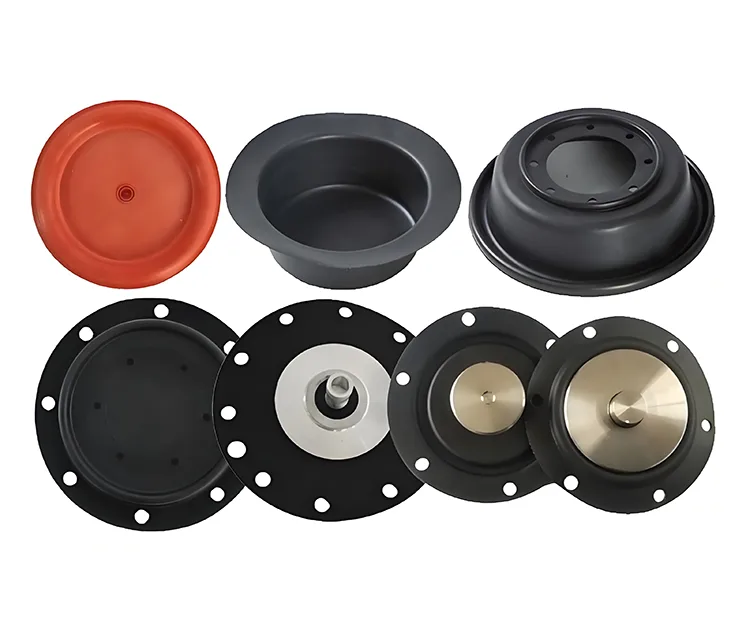
2. Core Properties and Advantages of EPDM Seals
When I explain to customers why EPDM seals are trusted in demanding environments, I always start with their balanced set of physical and chemical properties. EPDM may not be the most expensive or high-tech rubber, but its versatility and endurance make it one of the most dependable sealing materials available. Let me break down the main performance advantages that make it so valuable across industries.
2.1. Excellent Weather and Ozone Resistance
The most outstanding feature of EPDM is its ability to resist ozone, UV radiation, and general weathering. Unlike rubbers with unsaturated molecular bonds (such as natural rubber or SBR), EPDM’s saturated backbone structure prevents oxidative attack. This means it won’t crack, chalk, or harden even after years of outdoor exposure. That’s why it’s used extensively for door seals, roofing membranes, and solar system gaskets.
Engineering Insight: In accelerated weathering tests, EPDM can maintain flexibility for over 1,000 hours of ozone exposure at 50 pphm concentration—something few elastomers can match.
2.2. Wide Temperature Tolerance
EPDM’s service temperature range typically spans from –50°C to +150°C, and in certain formulations, it can briefly withstand up to 180°C. This wide tolerance allows it to perform reliably in both freezing climates and high-temperature systems like engine compartments and steam lines.
This temperature flexibility is why EPDM is favored in both Arctic-grade and tropical applications.
2.3. Hot Water and Steam Resistance
Few non-fluorinated rubbers can handle hot water and steam as well as EPDM. Its chemical composition makes it resistant to hydrolysis and swelling, so it maintains integrity in long-term exposure to hot water, making it ideal for washing machines, dishwashers, and water heaters.
2.4. Chemical Compatibility with Polar Solvents
EPDM has excellent resistance to polar substances such as alcohols, glycols, ketones, and phosphate-ester-based hydraulic fluids, but it performs poorly with non-polar oils like mineral or petroleum-based fluids. This selective compatibility makes EPDM ideal for systems that rely on water-based or synthetic media rather than oil-based ones.
2.5. Electrical Insulation
Because of its non-polar molecular structure, EPDM is an excellent electrical insulator. It’s widely used in cable jackets, terminal grommets, and enclosure seals to protect electrical systems from moisture and short circuits.
2.6. Elasticity and Long-Term Sealing Durability
EPDM’s flexibility remains consistent even after prolonged compression or environmental stress. Its low compression set ensures that the material springs back after deformation, maintaining tight sealing in dynamic conditions such as vibration or pressure fluctuations.
Key Point: When properly designed and installed, an EPDM seal can retain more than 80% of its original elasticity after 10 years of service.
In short, the reason engineers and designers choose EPDM repeatedly is simple: it’s a long-lasting, low-maintenance sealing solution that offers dependable performance in the world’s most unpredictable environments.
3. Industrial Applications of EPDM Seals
Over the years at Kinsoe, I’ve supplied EPDM seals for projects across multiple industries, and I’ve come to appreciate just how versatile this material truly is. Its combination of weather resistance, flexibility, and temperature tolerance allows it to perform reliably in systems where failure is simply not an option. Below are the key sectors where EPDM has proven indispensable.

3.1. Automotive Applications
In the automotive industry, EPDM seals are found almost everywhere—from door and window seals to radiator hoses and braking systems. The material’s resilience to ozone, heat, and coolant fluids makes it ideal for under-the-hood environments that face constant thermal cycling and chemical exposure.
- Door and Trunk Seals: EPDM’s flexibility ensures airtight closure and sound insulation.
- Radiator and Heater Hoses: Resistant to glycol-based coolants and high temperatures.
- Brake Systems: Compatible with glycol brake fluids (DOT 3 and DOT 4), unlike many other elastomers.
Case Example: In a recent vehicle redesign project, switching from natural rubber to EPDM door seals reduced noise leakage by 40% and doubled seal lifespan under UV testing.
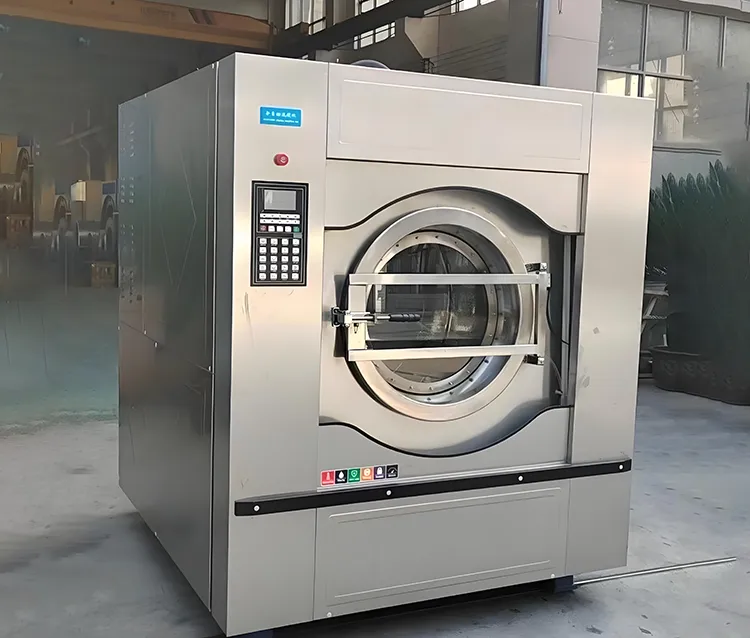
3.2. Home Appliance Industry
EPDM’s stability in hot water and detergents makes it a popular choice in washing machines, dishwashers, and water heaters. It resists scaling, deformation, and chemical degradation from cleaning agents.
- Washing Machines: Door gaskets made of EPDM prevent water leaks and maintain flexibility over repeated wash cycles.
- Dishwashers: Steam-resistant seals ensure tight closure even after years of thermal stress.
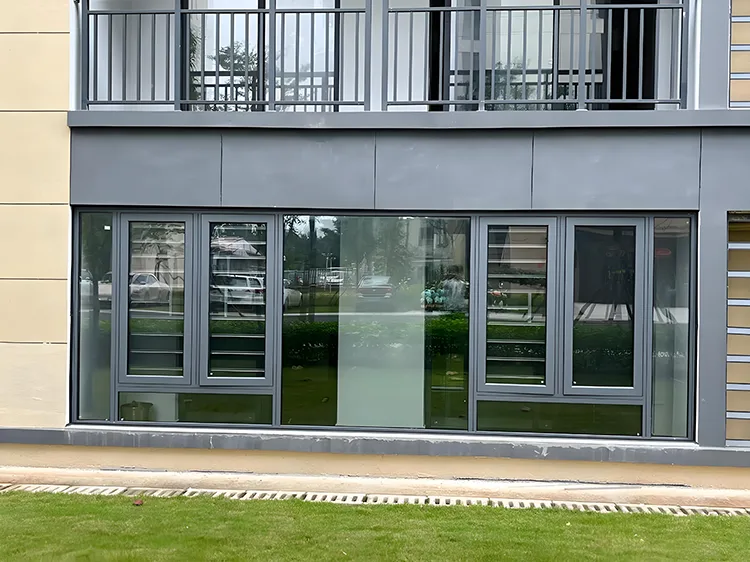
3.3. Construction and Infrastructure
In the construction industry, EPDM is the backbone of weatherproofing systems. It’s widely used in curtain walls, roofing membranes, window seals, and expansion joints due to its excellent outdoor durability.
- Curtain Wall Systems: Provides air and water tightness over decades of building life.
- Roofing Membranes: EPDM sheets can last over 25 years with minimal maintenance.
- Window and Door Frames: Maintain elasticity despite seasonal expansion and contraction of materials.
3.4. HVAC Systems
Heating, ventilation, and air conditioning equipment operate under constant thermal variation, vibration, and moisture. EPDM’s resistance to ozone and steam makes it a go-to sealing material for these systems.
- Cooling Towers and Air Ducts: EPDM gaskets prevent air leakage and resist microbial growth.
- Chiller Units: The material maintains tight sealing even with fluctuating temperatures and humidity.
3.5. Additional Niche Applications
EPDM also finds use in many specialized systems:
- Electrical Enclosures: For insulating and sealing cable entries.
- Solar Energy Systems: Seals and gaskets that endure extreme heat and UV exposure.
- Water Treatment Facilities: EPDM membranes and gaskets resist chlorine and ozone exposure.
In essence, EPDM’s wide applicability lies in its stability under environmental and chemical stress—a property few other rubbers can match at a similar cost.
4. Limitations and Selection Considerations
While EPDM performs impressively in many harsh environments, it’s not a one-size-fits-all material. Every engineer, designer, or buyer must understand where EPDM shines—and where it doesn’t—to make the right material choice for their project. In my experience at Kinsoe, even the best-performing seals can fail prematurely if their application conditions exceed EPDM’s natural limitations.
4.1. Poor Resistance to Mineral Oils and Fuels
One of the most critical drawbacks of EPDM is its incompatibility with petroleum-based fluids, such as mineral oils, gasoline, diesel, and most hydrocarbon lubricants. Because EPDM is a polar elastomer, it swells and deteriorates when exposed to non-polar substances.
Key Tip: Never use EPDM seals in contact with engine oil, fuel, or any petroleum-derived medium. Instead, consider NBR (Nitrile Rubber) or FKM (Viton) for such applications.
4.2. Incompatibility with Non-Polar Solvents
EPDM also struggles with certain organic solvents, including toluene, xylene, and aliphatic hydrocarbons. Prolonged exposure can cause swelling, softening, or complete material breakdown. This makes it unsuitable for sealing systems involving paints, adhesives, or hydrocarbon vapors.
4.3. Variability Between EPDM Grades
EPDM is not a single formula—it’s a family of compounds. The actual performance of an EPDM product depends heavily on its polymer composition, filler type, and curing system (peroxide-cured or sulfur-cured). For instance:
- Peroxide-cured EPDM offers better heat and compression set resistance.
- Sulfur-cured EPDM is more cost-effective and easier to process, but slightly less stable at high temperatures.
Engineering Insight: Two EPDM gaskets with the same hardness rating (Shore A 70) can perform very differently if they are cured or compounded differently. Always request material certification and test data when sourcing.
4.4. How to Specify EPDM Correctly for Your Project
Choosing the right EPDM grade is a key engineering decision. Here’s what I recommend when specifying EPDM seals:
- Define the Media: Identify the fluids or gases the seal will contact (e.g., water, glycol, steam, acid).
- Determine Temperature Range: Consider both continuous and intermittent peak temperatures.
- Check for Outdoor Exposure: If the seal faces sunlight, ozone, or weather, specify UV-stabilized EPDM.
- Select Hardness and Density: Choose based on compression and sealing force requirements.
- Verify Compliance: For regulated industries, look for FDA, WRAS, or UL certifications as needed.
At Kinsoe, I often advise clients to provide full operational parameters rather than just saying “EPDM gasket.” With that information, my team can recommend or formulate the right compound that balances cost, performance, and lifespan.
Understanding EPDM’s limits is not about reducing its value—it’s about leveraging its strengths where they matter most.
5. EPDM vs. Other Rubber Materials (Quick Comparison)
When selecting a sealing material, the best choice isn’t always the most expensive—it’s the one that fits the environment. EPDM is a powerful performer in many applications, but comparing it against other common rubbers helps clarify where it truly excels and where alternatives might be more appropriate.
5.1. EPDM vs. NBR (Nitrile Rubber)
NBR is known for its excellent resistance to oils and fuels, making it the first choice in oil-handling systems. However, it performs poorly outdoors due to ozone and UV sensitivity. EPDM, on the other hand, is the opposite—it thrives in outdoor, water-based, and steam environments, but fails when exposed to petroleum products.
| Property | EPDM | NBR |
|---|---|---|
| Oil & Fuel Resistance | Poor | Excellent |
| Weather & Ozone Resistance | Excellent | Poor |
| Water & Steam Resistance | Excellent | Moderate |
| Temperature Range (°C) | -50 to +150 | -30 to +100 |
| Typical Applications | Outdoor seals, HVAC, brake systems | Oil seals, fuel hoses, hydraulic gaskets |
Summary: Choose EPDM for water or outdoor exposure; choose NBR for oil systems.
5.2. EPDM vs. FKM (Viton)
FKM (fluoroelastomer) is known for its superior chemical and heat resistance. It can withstand fuels, oils, and aggressive chemicals at temperatures exceeding 200°C. However, it comes at a much higher cost.
| Property | EPDM | FKM |
|---|---|---|
| Oil & Chemical Resistance | Poor–Moderate | Excellent |
| Temperature Range (°C) | -50 to +150 | -20 to +220 |
| Weather & Ozone Resistance | Excellent | Excellent |
| Cost | Low | High |
| Typical Applications | HVAC, water seals, brake systems | Aerospace, oil & gas, chemical processing |
Summary: Choose FKM when high temperature or chemical exposure justifies the cost; otherwise, EPDM offers superior value.
5.3. EPDM vs. Silicone Rubber
Silicone rubber shares EPDM’s flexibility and weather resistance but has an even wider temperature range. However, silicone’s mechanical strength and tear resistance are lower, making it less suitable for dynamic sealing under pressure.
| Property | EPDM | Silicone |
|---|---|---|
| Temperature Range (°C) | -50 to +150 | -60 to +230 |
| Mechanical Strength | High | Moderate |
| Ozone & UV Resistance | Excellent | Excellent |
| Steam Resistance | Excellent | Good |
| Cost | Moderate | High |
| Typical Applications | Automotive, HVAC, construction | Medical, food processing, high-heat systems |
Summary: Choose EPDM for mechanical sealing with weather or steam exposure; choose Silicone for hygiene-critical or extreme-temperature environments.
5.4. Quick Reference Table: Comparative Overview
| Property / Feature | EPDM | NBR | FKM | Silicone |
|---|---|---|---|---|
| Weather & Ozone Resistance | ★★★★★ | ★★☆☆☆ | ★★★★★ | ★★★★★ |
| Oil & Fuel Resistance | ★☆☆☆☆ | ★★★★★ | ★★★★★ | ★★☆☆☆ |
| Water & Steam Resistance | ★★★★★ | ★★☆☆☆ | ★★★★☆ | ★★★★☆ |
| Chemical Resistance | ★★★☆☆ | ★★★☆☆ | ★★★★★ | ★★★★☆ |
| Temperature Range | Wide | Moderate | Very Wide | Very Wide |
| Cost Efficiency | ★★★★★ | ★★★★☆ | ★★☆☆☆ | ★★★☆☆ |
Key Takeaway: EPDM stands out as the best balance of durability, weatherproofing, and affordability—ideal for water, steam, and outdoor sealing applications.
6. Best Practices for Maximizing EPDM Seal Life
Even the most durable rubber can fail prematurely if it’s not properly stored, installed, or maintained. Over the years at Kinsoe, I’ve seen EPDM seals perform flawlessly for over a decade—and I’ve also seen them fail in just a few months, all due to poor handling practices. To help engineers, maintenance teams, and buyers get the most out of EPDM components, here are the essential best practices for ensuring maximum lifespan and reliability.
6.1. Proper Storage Conditions
EPDM should always be stored under controlled environmental conditions before use. Improper storage can cause surface hardening, ozone cracking, or loss of elasticity even before installation.
Recommended storage guidelines:
- Temperature: Keep between 10°C and 25°C.
- Humidity: Maintain below 65% relative humidity.
- Light: Avoid direct sunlight and UV exposure.
- Ozone Sources: Keep away from electric motors and welding equipment.
- Packaging: Store in airtight bags or opaque containers to minimize oxidation.
Tip: Never hang extruded EPDM profiles for long-term storage; this may cause stretching or deformation.
6.2. Correct Installation Techniques
EPDM seals should be installed without unnecessary tension or twisting. Over-compression or misalignment can lead to early fatigue and leaks.
Installation checklist:
- Clean all mating surfaces of dust, oil, or old adhesive residues.
- Use compatible adhesives or clips that won’t react chemically with EPDM.
- Ensure even compression along the sealing line—avoid over-tightening fasteners.
- Allow thermal expansion space, especially in outdoor applications.
Engineering Insight: A compression ratio of 20–30% is ideal for long-term sealing without material fatigue.
6.3. Avoiding Incompatible Chemicals
EPDM is sensitive to oils, fuels, and hydrocarbon solvents. Even short-term exposure can cause swelling or permanent deformation. Always check compatibility when using lubricants or cleaning agents.
Safe with: Water, alcohols, glycols, weak acids, and alkalis.
Avoid: Mineral oils, fuels, greases, and hydrocarbon solvents.
Practical Advice: When installing EPDM in machinery or HVAC systems, label nearby maintenance zones to prevent accidental contact with oil-based substances.
6.4. Compression Set Management
Over-compression is one of the leading causes of seal failure. Once a seal loses elasticity due to permanent compression set, it can’t recover its shape or function.
To reduce this risk:
- Use properly dimensioned seals for the groove.
- Avoid prolonged high-temperature compression.
- Use peroxide-cured EPDM compounds when long-term compression recovery is critical.
6.5. Maintenance and Inspection Tips
EPDM seals require little maintenance, but periodic inspections can significantly extend their service life.
Maintenance schedule:
- Inspect seals annually for cracks, hardening, or flattening.
- Clean with mild soap and water—avoid petroleum-based cleaners.
- Re-lubricate sliding seals with silicone-based grease, not oil.
- Replace seals showing more than 10% permanent deformation or surface deterioration.
Golden Rule: A small preventive inspection cost can save major downtime and replacement expenses later.
When properly handled, EPDM seals can provide 10–20 years of consistent performance in most industrial or outdoor settings. The secret lies not just in the material itself, but in how it’s used and maintained throughout its lifecycle.
7. Conclusion: When EPDM Is the Right Choice
After working with EPDM materials for years, I’ve learned that its true value lies in its balance between performance, durability, and cost-efficiency. It isn’t the most glamorous elastomer on the market, but it consistently delivers results where reliability and environmental endurance matter most.
When designing for outdoor, water-based, or steam-exposed systems, EPDM should almost always be your first consideration. Its weather, ozone, and heat resistance make it the undisputed champion for sealing in harsh climates—from automotive door frames to rooftop membranes.
However, it’s equally important to recognize when not to use it. If your system involves oil, fuel, or non-polar solvents, materials like NBR or FKM will outperform EPDM in both compatibility and lifespan. The secret to long-term sealing success is knowing the environmental and chemical boundaries of each material—and choosing accordingly.
At Kinsoe, my team and I help clients evaluate these conditions before production begins. By understanding the operating temperature, medium, and compression requirements, we can recommend or formulate the most suitable EPDM compound for their specific application.
In summary:
- Choose EPDM for water, steam, and outdoor applications.
- Avoid EPDM where petroleum-based fluids are present.
- Always verify the compound grade and curing system before finalizing specifications.
EPDM remains one of the most trusted and versatile materials for industrial sealing because it offers the best combination of longevity, flexibility, and cost control. When properly specified and maintained, it’s not just a rubber—it’s a long-term assurance of safety and performance.

